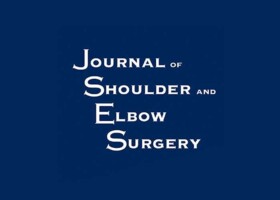
Authors:
Peter J. Millett, MD, MSc, Simon A. Euler, MD, Grant J. Dornan, MSc, Sean D. Smith, MSc, Tyler Collins, MD, Max P. Michalski, MSc, Ulrich J. Spiegl, MD, Kyle S. Jansson, BS, Coen A. Wijdicks, PhD
Abstract:
Current techniques for resurfacing of the glenoid in the treatment of arthritis are unpredictable. Computed tomography (CT) studies have demonstrated that the medial tibial plateau has close similarity to the glenoid. The purpose of this study was to assess contact pressures of transplanted massive tibial osteochondral allografts to resurface the glenoid without and with CT matching.
Osteochondral grafting from the medial tibial plateau to the glenoid is feasible but results in increased peak contact pressures. The technique is reproducible as defined by the autografted group. Contact pressures between native and allografted glenoids were significantly different. The clinical significance remains unknown. Peak pressures experienced by the glenoid seem highly sensitive to deviations from the native glenoid shape.
For the complete study: The Ability of Massive Osteochondral Allografts from the Medial Tibial Plateau to Reproduce Normal Joint Contact Pressures After Glenoid Resurfacing: the Effect of Computed Tomography Matching
